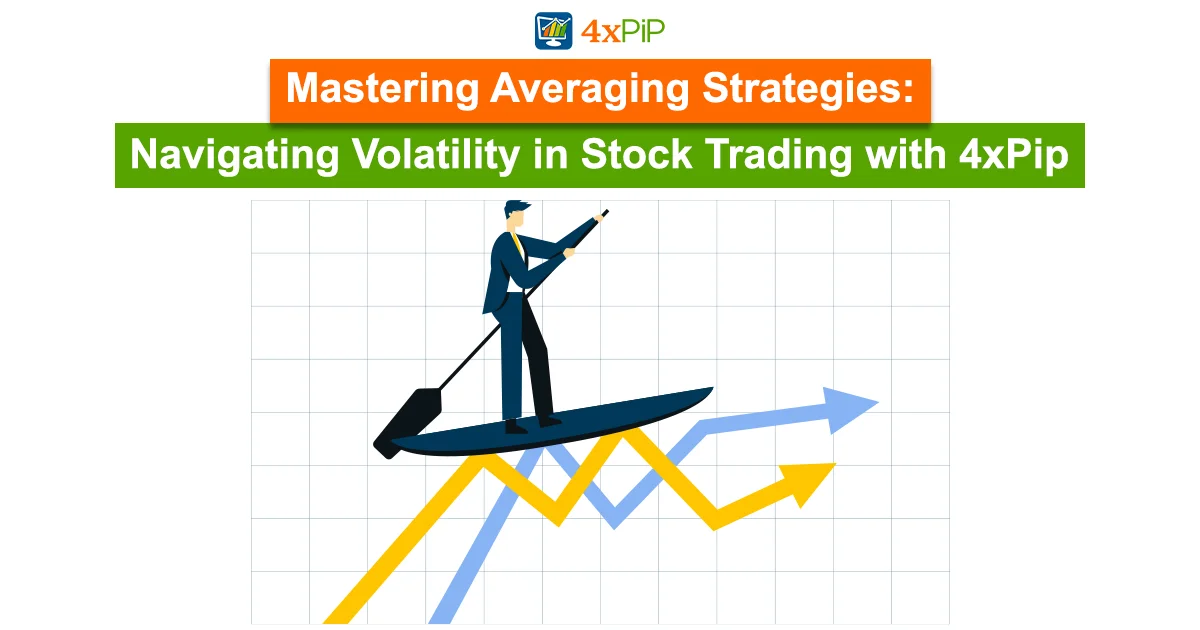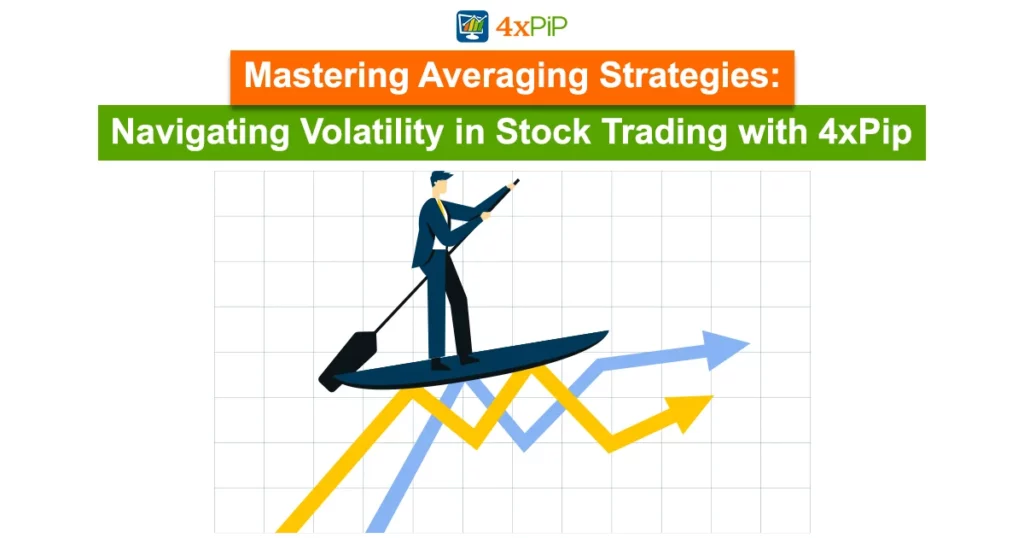Unlocking Averaging Strategies in the Stock Market

Are you ready to explore the exciting world of stock trading? Look no further—welcome to 4xPip, your go-to partner in navigating the complexities of the market. At 4xPip, we offer more than just tools; we provide a wealth of expertise for both beginners and seasoned traders. Whether you’re diving into averaging strategies, scaling up, or exploring the pyramid approach, 4xPip is here to make your trading journey smoother and more rewarding.
Our range of Expert Advisors and Indicators opens the door to automated trading solutions, making your trading experience efficient and effective. Have questions or need personalized assistance? Reach out to our customer support at [email protected]. Let 4xPip be your guide in making informed decisions and maximizing your trading potential. Get ready to unlock new possibilities with 4xPip—your trusted companion in the dynamic world of stock trading.
Embarking on the journey of stock trading can be both exhilarating and daunting, especially with the ever-shifting tides of the market. Traders often seek reliable strategies to navigate through uncertainties. One such powerful tool in their toolkit is the art of “averaging.” In this exploration, we’ll dive into the depths of averaging strategies, understanding their application, and uncovering the risks involved.
Introducing Averaging Strategies

Averaging in the stock market isn’t a one-size-fits-all approach. Instead, it’s like a versatile toolkit with strategies that can change based on what’s happening in the market. When the market is doing well, traders can use averaging to take advantage of strong fundamentals, like rising profits and steady revenue growth.
On the other hand, when the market is not doing well and turns negative, averaging acts like a shield against losses. It’s a protective layer that traders use to lessen the impact of market downturns. This flexibility lets traders try out different approaches, using averaging strategies wisely to fit the specific conditions they’re dealing with.
Averaging Down: Lowering Breakeven Points
Imagine you’ve invested in a stock, and suddenly, its price takes a dip. This is where “Averaging Down” steps in as a savvy strategy. It allows you to strategically buy more shares at the reduced price, presenting a golden opportunity. By doing so, you lower the average cost of all your shares.
A Practical Example: A vs. B’s Approach
Consider two traders, A and B, who are both upbeat about the performance of a stock. A chooses the easy path and invests in one lump sum. B, on the other hand, demonstrates a methodical approach by strategically investing at various support levels. This lowers B’s breakeven point and creates the conditions for optimizing profits. When navigating the market’s uncertainties, averaging down turns out to be a smart strategy.
Averaging Up: Maximizing Profits in Bull Markets
The “Averaging Up” method proves to be a useful instrument for traders during bull markets. Purchasing more units at higher prices is encouraged by this strategy when you believe that a stock will rise in value. With the primary objective of optimizing their profits, traders who utilize the Averaging Up tactic are essentially riding the momentum.
Consider two traders, A and B, who both have a favorable opinion of a particular stock. This will demonstrate the efficacy of this strategy. Shrewdly choosing the Averaging Up approach, A buys more shares as the stock’s value rises. With a bull market, this calculated action yields a significant net profit for A, demonstrating the significant potential profit that comes with using the Averaging Up strategy.
Pyramiding: Aggressive Compounding for High Rewards
In stock trading, “Pyramiding” is a strong strategy that allows you to compound your current positions as the stock moves in your favor. It is ideal for those who are willing to take a risk. It’s comparable to adding more successful bricks to a building. As long as the trend continues to be positive, traders will gradually increase the size of their position, thereby amplifying gains.
But it’s imperative that you proceed cautiously when using this high-risk tactic. When trends reverse, the tide can move quickly, which could be detrimental to traders. This makes stop-loss orders essential for protecting against large losses. By serving as a safety net, these controls assist traders in limiting possible losses and safeguarding their gains.
Conclusion: Averaging’s Role in Mitigating Market Volatility
In the vast landscape of stock trading, averaging emerges as a versatile strategy, offering traders the means to navigate volatile markets. Whether scaling up, scaling down, or employing a pyramid strategy, the art of averaging demands careful consideration and risk management. It’s a high-stakes game, ideal for seasoned traders seeking to optimize their trading endeavors.
Connect with 4xPip for Expert Guidance
As you embark on your journey through the diverse strategies of stock trading, consider 4xPip as your reliable companion. 4xPip provides not just tools for trading but a wealth of expertise for both beginners and seasoned traders. Explore their range of Expert Advisors and Indicators for automated trading solutions. Need personalized assistance or have questions? Reach out to their customer support at [email protected]. Let 4xPip be your guide in navigating the complexities of the stock market, making your trading journey smoother and more rewarding.
FAQ’s
What is the primary purpose of averaging in stock trading?
Averaging in stock trading aims to adjust share prices, helping traders overcome market volatility.
How does Averaging Down work to reduce breakeven points?
Averaging Down involves buying more shares at reduced prices, lowering the average cost and accelerating the breakeven point.
In what market conditions is Averaging Up most effective?
Averaging Up shines in bullish markets, allowing traders to maximize profits by adding units at higher prices.
Can you provide an example of a successful Averaging Up strategy?
Certainly, traders like A can significantly increase their net profits by strategically averaging up in a bullish market.
What is the role of Pyramiding in stock trading strategies?
Pyramiding is an aggressive strategy that involves compounding existing positions as the stock moves favorably.
How does Pyramiding differ from traditional averaging strategies?
Pyramiding differs by compounding positions in response to favorable stock movements, offering potential high rewards.
Is Pyramiding suitable for all traders, or does it involve high risk?
Pyramiding is suitable for those comfortable with high-risk situations, demanding a cautious approach and stop-loss measures.
What makes Averaging a versatile strategy in stock trading?
Averaging adapts to various market conditions, proving versatile whether scaling up, scaling down, or using a pyramid strategy.
How can traders connect with 4xPip for expert guidance in stock trading?
Traders can reach out to 4xPip’s customer support at [email protected] for information, guidance, and personalized assistance.












